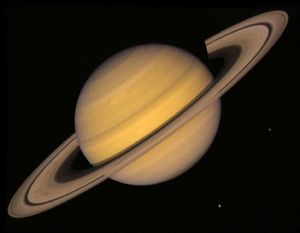Starry Skies
On the 1st of June, the Mayotte Astronomy club organised its annual Sun and Star Party. They invited the local schools to make and show models and exhibitions about space, they hung up big colourful balls, they had posters up about light pollution or asteroids and they showed photos taken from the ISS. It rather reminded me of making woolen pom-poms with Nanny to represent the sun and the planets when I was in middle school in England.
As the violinist in my music group belonged to the club, she invited us all to play and dance for an hour or so in the late afternoon. That went well, quite a few of our usual dancers turned up and some new people tried dancing too, which was nice. They then gave us all something to eat and everybody headed off in different directions. We went to the beach just next to where the exhibitions were to see if we could recognize any constellations, then we joined the group of fifty or sixty people who had gone off to a nearby field with telescopes.

Without the telescopes, we could see the Southern Cross, or Crux. That's the nearest thing the southern hemisphere has to the North Star, but if you want to find the South Pole, you have to draw a line going down from Alpha Centauri and Beta Centauri in the Centaurus constellation, another one going down from the south point of the Crux, and the intersection of the two lines is the direction of the South Pole, if I understood correctly.
The Scorpius constellation was also clearly and fully visible, which was interesting because I'd never seen it before. It's also one of the only constellations which (to my untrained eye, at any rate) actually resembled its namesake: you can recognize the tail of the scorpion and even the pincers with a bit of imagination. It looks tiny on the star chart, but it's enormous in the sky, a huge constellation which really does take up a lot of space.
Two other interesting constellations were the two coronas, Australis and Borealis. They're shown as half-circles but are both almost fully completed by other stars in the sky, so you could see two crowns of stars. They weren't very big constellations compared to some of the others, though, and they didn't have any particularly bright stars, so I needed the star chart to recognize them at first.
Three telescopes were up and running. One was pointing at a small grey smudge, that turned out to be a group of stars called Omega Centauri which looked like a thickly-woven shining spider's web. Very pretty. The second telescope showed the "jewel box": a group of stars which belongs to the Crux. It got its name from its different colours: if you're patient and look carefully, you can see white, blue, orange, red and green in there.
The third telescope had a long queue behind it, so we took places in the queue without really knowing what we would be looking at. The telescope turned out to be pointing at Saturn, which was nice as I'd never seen it before. We couldn't count the rings or anything like that, it was just a white ball with a thick white ring round it, the whole thing measured about three millimetres by two, but it was still interesting.

The austral star chart








/http%3A%2F%2Fstorage.canalblog.com%2F74%2F16%2F886305%2F104399341_o.jpg)
/http%3A%2F%2Fstorage.canalblog.com%2F46%2F39%2F886305%2F105228464_o.jpg)
/http%3A%2F%2Fstorage.canalblog.com%2F48%2F20%2F886305%2F105197145_o.png)
/http%3A%2F%2Fstorage.canalblog.com%2F13%2F05%2F886305%2F104861776_o.jpg)
/https%3A%2F%2Fstorage.canalblog.com%2F34%2F27%2F886305%2F69902683_o.jpg)
/https%3A%2F%2Fstorage.canalblog.com%2F60%2F68%2F886305%2F69902677_o.jpg)
/https%3A%2F%2Fstorage.canalblog.com%2F88%2F49%2F886305%2F69902659_o.jpg)
/https%3A%2F%2Fstorage.canalblog.com%2F98%2F60%2F886305%2F69896713_o.jpg)
/https%3A%2F%2Fstorage.canalblog.com%2F53%2F34%2F886305%2F69883693_o.jpg)